You might have seen a number of alphanumeric markings on the side of tires, have you ever thought what those markings mean? If your answer is “no”, don’t worry we will explain all those markings one by one in this article and it will help you in order to select a better tire for your Semi truck & trailer.
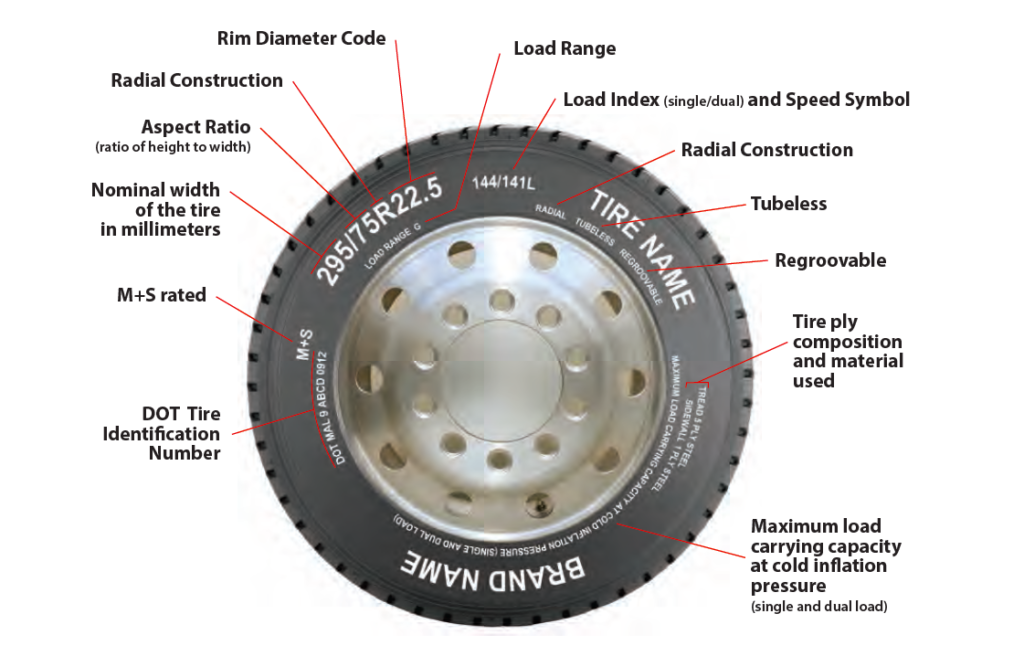
First of all, we can see that there are different types of marking on tires which can be broadly classified into 6 categories:
Now, we will discuss all these different categories of markings one by one in details.
With the following image we tried to explain all the important markings of tire in an easy to understand way.
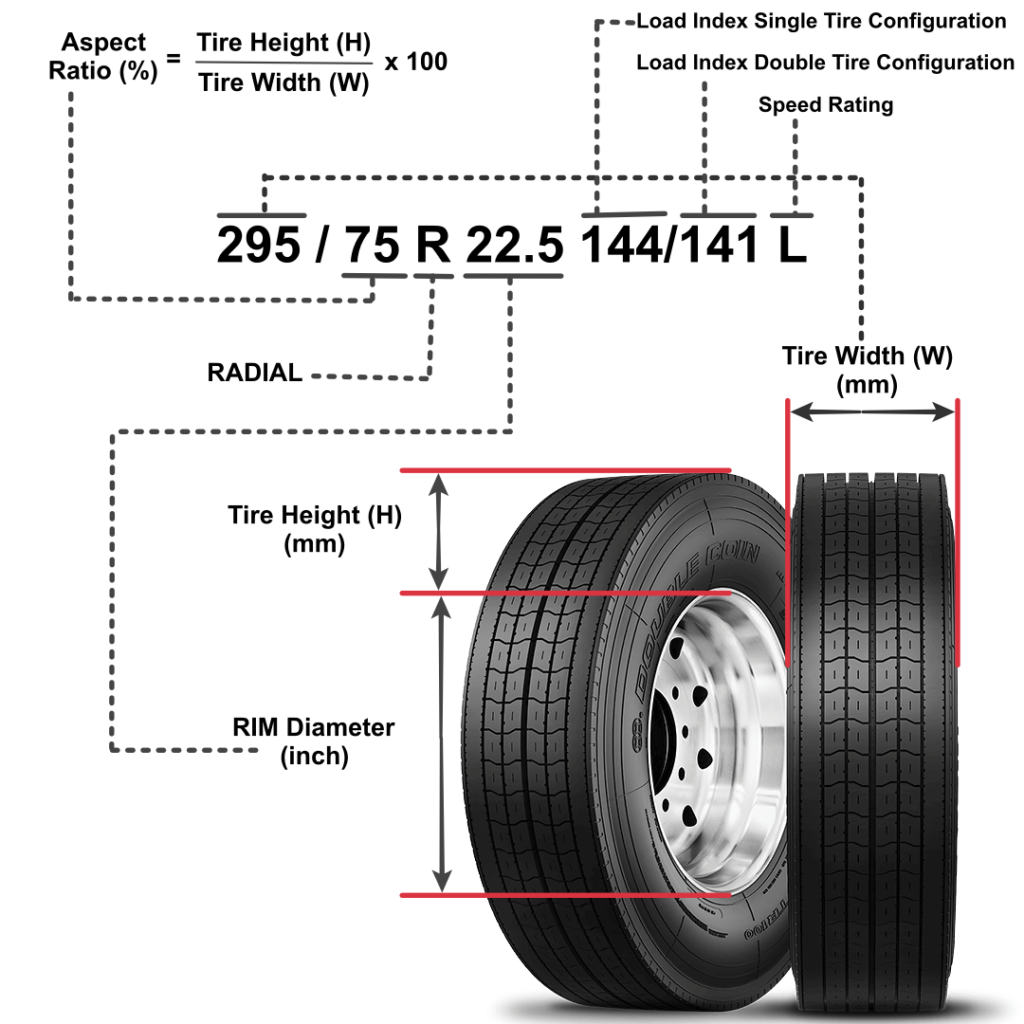
We are taking an example of a tire, with marking as 295/75 R 22.5 144/141 L and will explain each part of this marking as follows:
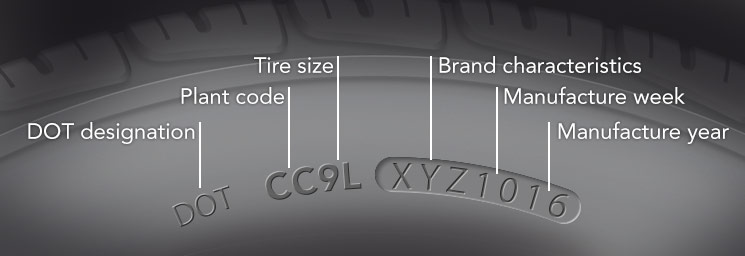
DOT markings are used to confirm that tire meets all the DOT standard for sale & use in Canada and the United States. We will explain all aspects of this marking with an example DOT CC9L XYZ1016:

This marking is used to represent the maximum load of the tire and corresponding maximum cold inflation pressure for that load when used in a single or dual configuration. Sidewall markings are given in both metric and English units. Follow tire inflation pressure recommendations on the vehicle tire placard, certification label, or in the owner’s manual. Lets look at an example markings to understand them better as follows:
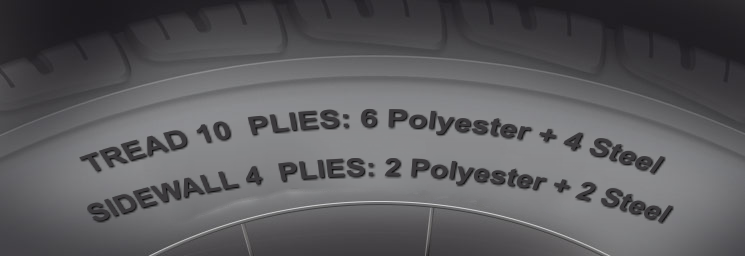
This marking indicates the number of plies (layers of rubber-coated fabric) in the tire tread and sidewall. Tire manufacturers also must indicate the ply materials in the tire and the sidewall, which include steel, nylon, polyester, and others.s. Lets take an example of following marking to understand it better:
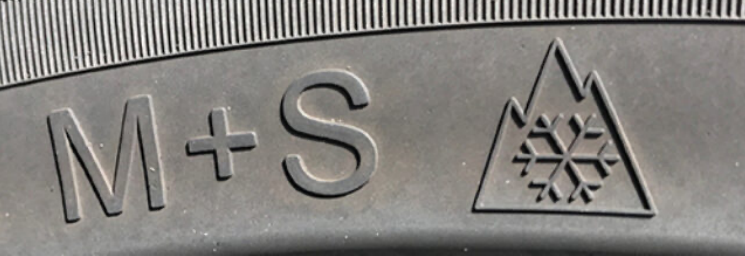
There are few additional markings on the tires which are used to denote the special terrains in which that tire can be used, few of these markings are explain as follows:

Traction also receives letter grades that indicate how well it stops. A tire having a higher grade should allow a car to stop on a wet road in a shorter distance than a tire with a lower grade. Traction is graded “AA” (highest), “A,” “B” or “C” (lowest).
In case you have any query regarding truck & trailer tires, feel free to drop a comment. Our team of tire experts will be more than happy to solve your queries and help you in choosing the best suitable tires for your truck or trailer.
You can also contact us directly, by going to websites contact us section.